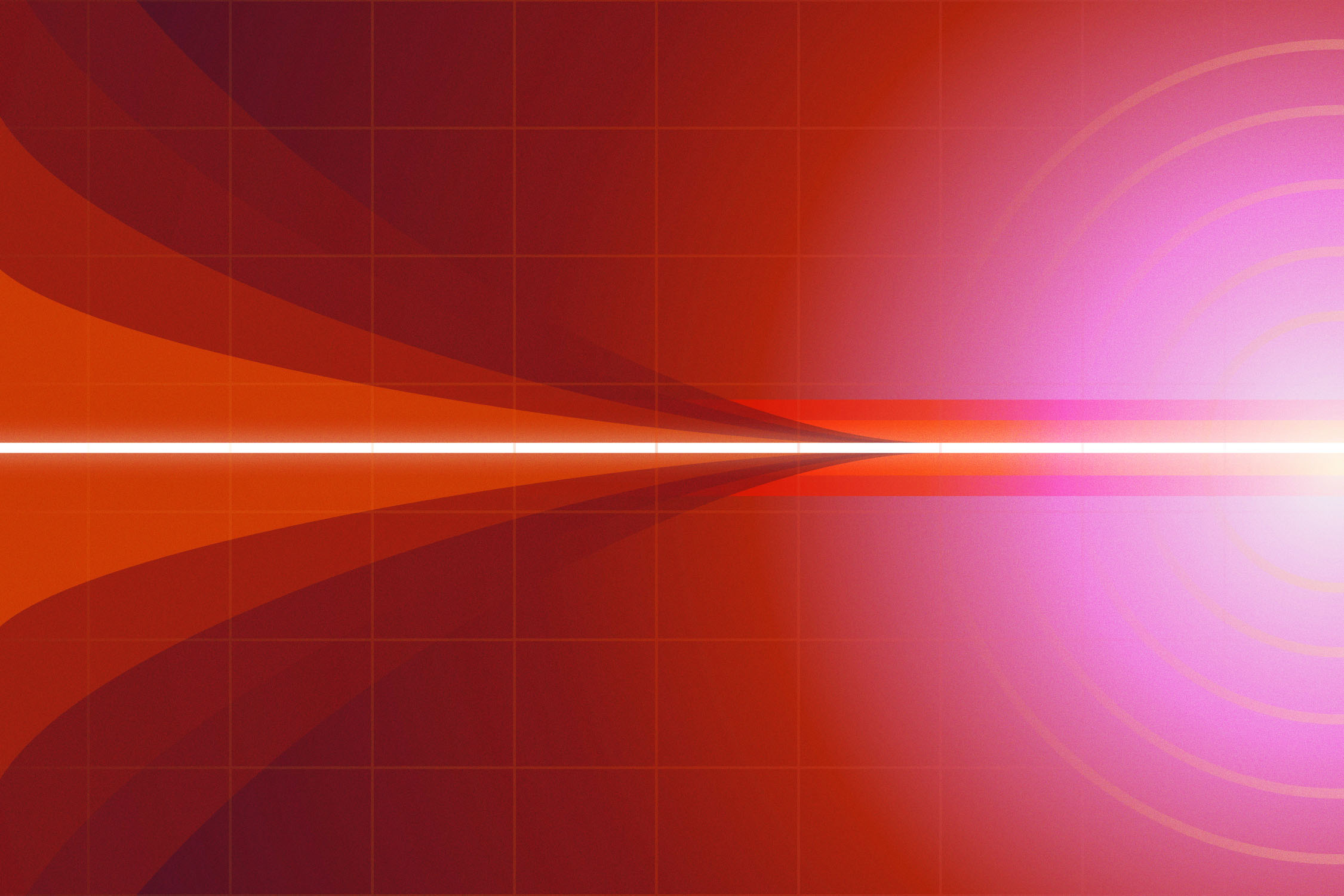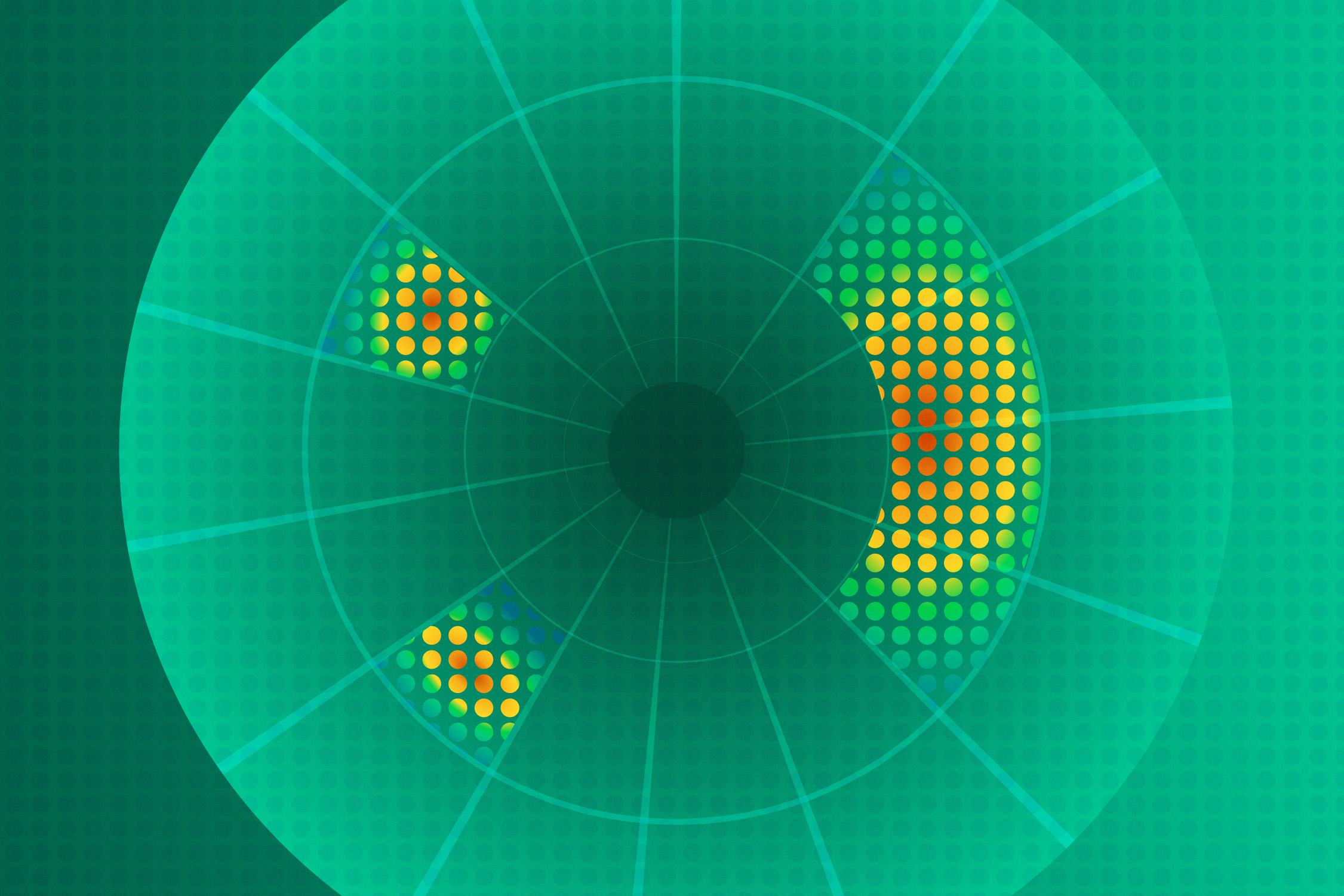The Los Alamos Neutron Science Center: By the Numbers
A cornerstone user facility, the particle accelerator at Los Alamos supports both basic and applied science.
- Eleanor Hutterer, Editor

Download a print-friendly version of this article.
The Los Alamos Neutron Science Center (LANSCE) combines civilian and national security research capabilities by advancing our understanding of complex materials, nuclear physics, and energy security.
LANSCE comprises a half-mile-long linear accelerator that supports five experimental facilities. The Isotope Production Facility has a dedicated 100 MeV (mega-electronvolt) proton beam, which splits off the main beam at the start of the line. The main proton beam, which reaches 800 MeV, provides protons to the Proton Radiography Facility as well as the three neutron facilities, which create their neutrons by bombarding lead or tungsten targets with accelerated protons. The Weapons Neutron Research Facility uses high-energy, unmoderated neutrons, while the Lujan Neutron Scattering Center uses various moderator materials to slow its neutrons down for scattering experiments, and the Ultracold Neutron Center slows them even further, one million-billion-fold, to speeds under 8 meters per second.
The high intensity and broad energy spectrum of the neutrons produced at LANSCE make it a standout facility among Department of Energy assets. Further, because the linear accelerator produces both H+ and H- protons, with the H+ protons forming the 100 MeV isotope-production beam and the H- protons forming the 800 MeV main beam, multiple experimental facilities can independently operate at the same time.
LANSCE offers vital and unparalleled neutron and proton capabilities and is a cornerstone user facility for basic and applied science. Here’s a by-the-numbers look at LANSCE:
Distinctions

- Highest power—Proton accelerator in the United States for defense programs research.
- Highest energy—Proton radiography facility in the United States; also, the birthplace of proton radiography.
- Only—Proton accelerator in the United States with high-explosives and plutonium capabilities. · Only—Dual-species proton accelerator in the world, with simultaneous H- and H+ proton beams.
- Most intense—Source of ultracold neutrons in the world and the highest-precision measurement to date of neutron lifetime.
Power

- Best—High-flux match to terrestrial neutron spectrum for natural radiation effects.
- 563 million—Miles per hour achieved by accelerated protons. That’s 84% the speed of light.
- 800 million—Electronvolts (eV) of energy in H- main beamline; 100 million eV in H+ beamline.
- 15—orders of magnitude span for neutron energy; one of the widest neutron energy spans available at any facility in the world, from near zero at 3x10-7 eV for ultracold neutrons at the UCN up to 6x108 eV for high-energy neutrons at the WNR.
- 10 million—High-energy neutrons produced per square centimeter per second.
Users

- 700—Users, on average, per year. Research areas include materials science, nuclear physics, particle physics, and national security.
- 70—Collaborating institutions on average, per year, from around the world.
- 70—Participants in the 2025 LANSCE Users Group annual meeting.
- 4000—Target operating hours per year, with a goal of increasing to 5300 after completion of the LANSCE Modernization Project.
- Over 500—Los Alamos employees working full time at the LANSCE technical area.
Capabilities

- 30+—Crucial radioactive isotopes produced from the 100 MeV H+ proton beam at the Isotope Production Facility
- 20–40—Images per experiment captured in just a few microseconds at the Proton Radiography Facility
- 7—Active flight paths for high-energy neutrons at the Weapons Neutron Research Facility
- 7—Scattering instruments in use for low-energy neutrons at the Neutron Scattering Center
- 183—Ultracold neutrons per cubic centimeter produced at the Ultracold Neutron Facility
People Also Ask
- How does a proton accelerator work? A proton accelerator uses electric and magnetic fields to accelerate protons or other charged particles to speeds often approaching the speed of light. Protons are produced by a plasma or ion source, then alternating electric fields created by radio waves are used to accelerate the protons while magnetic fields are used to steer and focus the proton beam.
- Do protons and neutrons have the same mass? Very nearly. Protons and neutrons are subatomic particles within an atom's nucleus, each with a mass around 1 atomic mass unit (amu). A proton’s mass is 1.007 amu, or 1.6726 x 10-24 grams, which is slightly less than the neutron’s mass of 1.008 amu, or 1.6749 x 10-24 grams. One atomic mass unit is defined as one twelfth of the mass of an unbound neutral atom of carbon-12 at rest.
More Los Alamos Facilities By-The-Numbers
- The Isotope Production Facility is part of the Department of Energy’s Isotope Program
- The Los Alamos Pulsed Field Facility is part of the National High Magnetic Field Laboratory’s User Program








